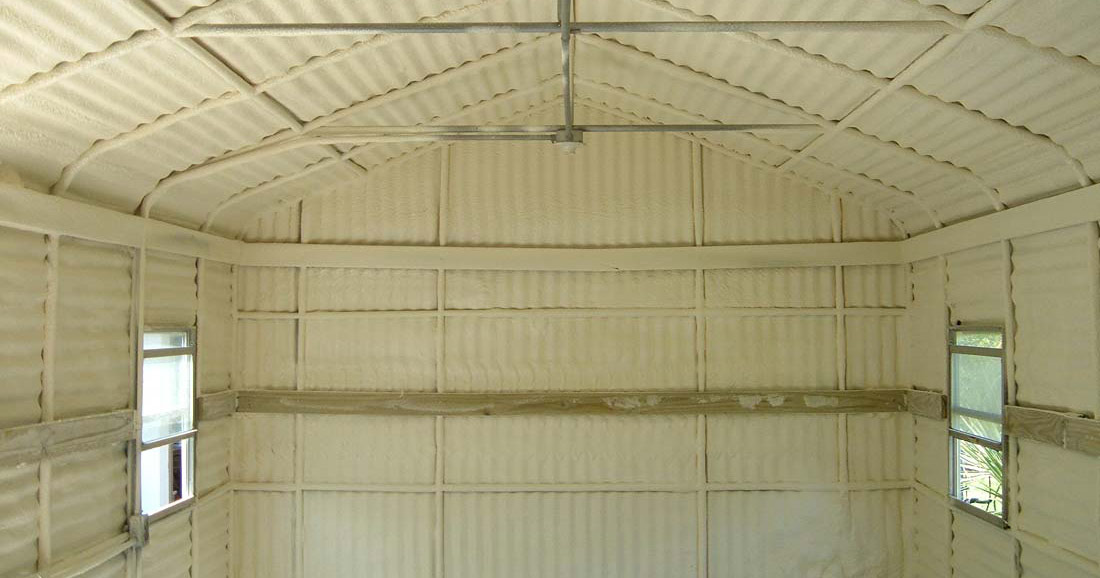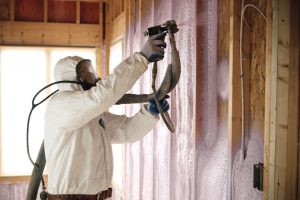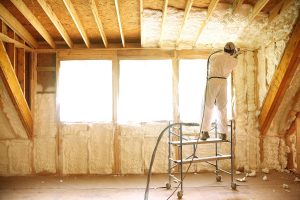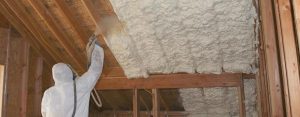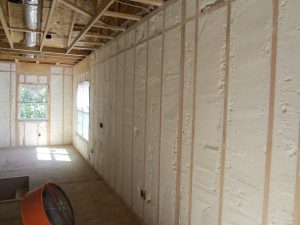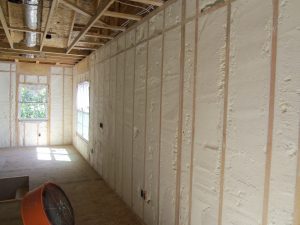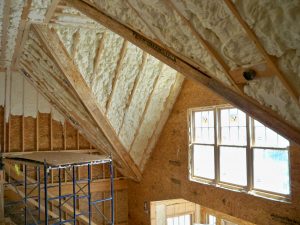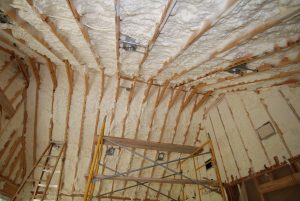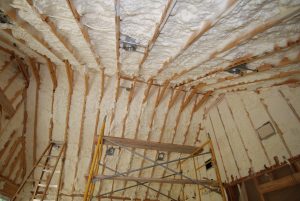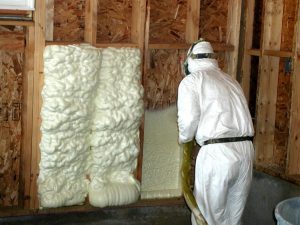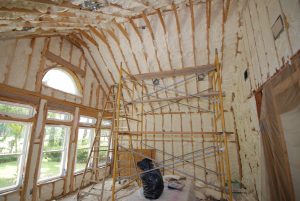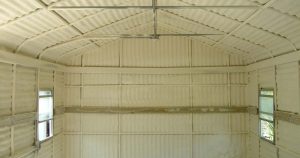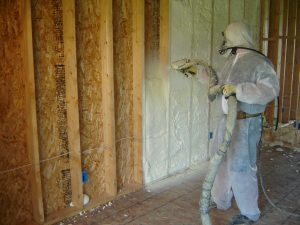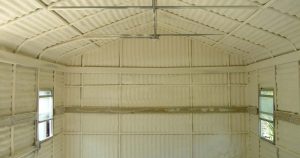Foam Insulation
Why?
Unlike any other type of insulation, spray foam insulation creates an air seal. The air seal can transform your home into an energy-saving, eco-friendly environment. For example, if you live in a hot climate, converting your attic into a semi-conditioned space by closing soffits, gable, and ridge vents can reduce your moisture load. This prevents moisture-laden outside air from entering the attic (and ultimately your living areas). We can easily achieve this by moving the insulation from the floor of the attic and applying spray foam to the underside of the roof deck to seal all the vents. The air seal prevents radiant heat from migrating to the living area, creating lower humidity levels, and a much more comfortable living environment.
Many of our customers have commented that they noticed fewer complaints from their spouses or coworkers who are cold by nature. Temperature changes become less noticeable since the humidity that magnifies temperatures has been so dramatically reduced.
Comfort isn’t the only benefit. Spray foam combined with Low-E windows can lower utility bills by up to 60% over conventional insulation.
In addition, spray foam has the advantage of increasing the structural strength and durability of your structure by increasing rack and shear resistance when sprayed onto gypsum board and vinyl siding and increased racking strength when sprayed on Oriented Strand Board.
Finally, spray foam is much cleaner than fiberglass insulation. Spray foam greatly reduces pollen and dust from entering your home or office building, which can be a life-saver for family members or coworkers with allergies or asthma.

